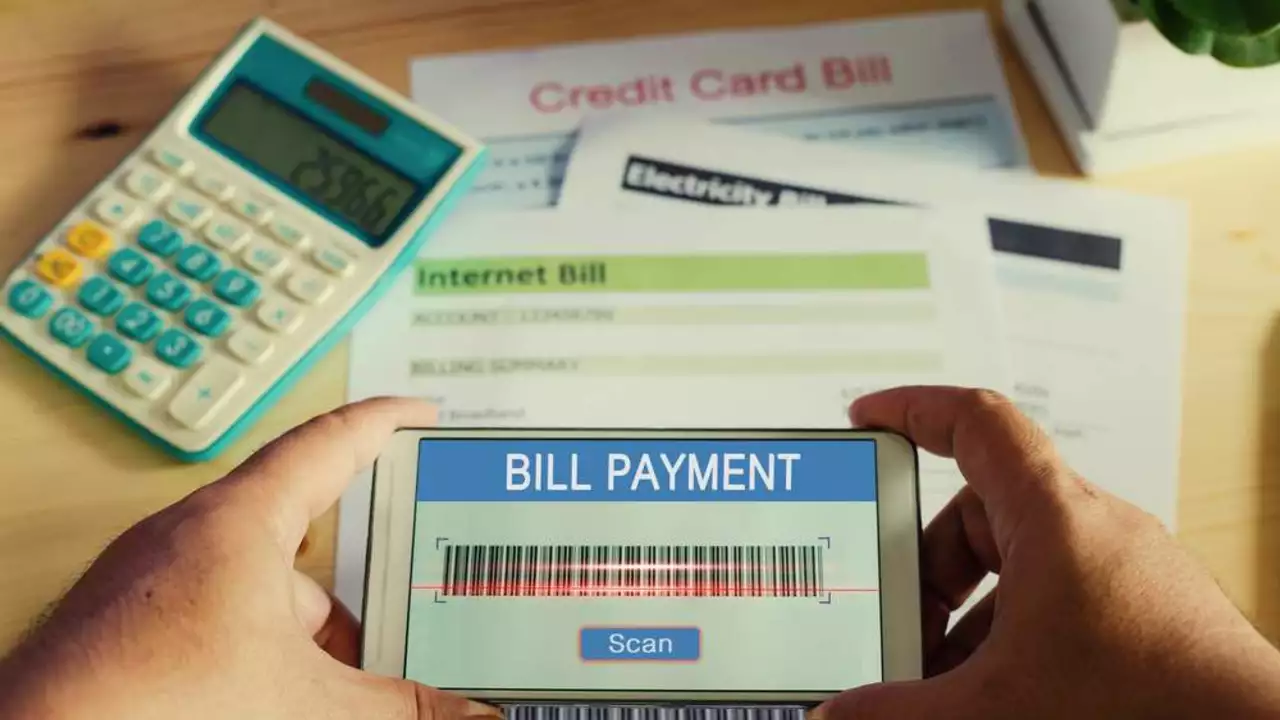Third-Party Payments: How to Choose the Right Mobile App
If you’ve ever paid for groceries, movie tickets, or a cab using your phone, you’re already using a third-party payment service. These apps sit between your bank and the merchant, handling the money flow without sharing your card details directly. In India, they’ve become a daily habit because they’re quick, often free, and work on any smartphone.
Key Features to Look For
First, check the app’s acceptance network. Google Pay, PhonePe, Paytm, Amazon Pay, and BHIM cover most online stores, offline QR scans, and utility billers. Next, compare transaction fees – most peer‑to‑peer transfers are free, but some apps charge a small percentage for credit‑card top‑ups or merchant payments. Finally, look at the rewards program. Cash‑back, discounts, and loyalty points can add up, especially if you shop at the same brand regularly.
Tips for Secure Transactions
Security is the biggest reason people hesitate with third‑party payments. Always enable a PIN, fingerprint, or face ID lock inside the app. Keep the app updated; newer versions patch known vulnerabilities. When you receive a payment request, verify the sender’s name before approving – scammers often spoof contacts. Also, link only the bank accounts you trust and avoid storing multiple cards in one app unless it’s essential.
Setting up a new payment app takes just a few minutes. Download the app from the Play Store or App Store, enter your mobile number, and verify it with an OTP. The app will pull your bank list; choose the one you want to link and authenticate using your netbanking credentials or UPI PIN. After that, you can start scanning QR codes, sending money, or paying bills instantly.
One common mistake is ignoring the app’s transaction history. Regularly review it to spot any unauthorized charges early. Most apps send an email or push notification for every transaction, so you’ll know right away if something looks off. If you notice a weird payment, freeze the linked bank account from the app and contact your bank’s fraud desk.
Another useful tip is to keep a backup payment method. If a merchant’s QR code doesn’t work with one app, you can switch to another without hassle. This redundancy saves time and ensures you’re never stuck at a checkout counter.
Finally, think about the long‑term value. Some apps offer investment options, insurance, or credit lines directly within the platform. If you plan to use the service for more than just payments, explore those features to get extra benefits without opening separate accounts.
In short, pick an app that’s widely accepted, cheap or free on the transactions you do most, and strong on security. Follow the simple safety steps above, and you’ll enjoy the convenience of third‑party payments without the headache.

Is it possible to pay someone else's cell phone bill?
In today's post, we explored the possibility of paying someone else's cell phone bill. The answer is a resounding yes! Most phone companies and online platforms allow you to make payments on behalf of others. The process is usually as simple as logging in, selecting the option to pay a bill, and entering the recipient's phone number and payment details. So, if you're looking to help out a friend or family member, paying their cell phone bill is definitely an accessible option.
View More